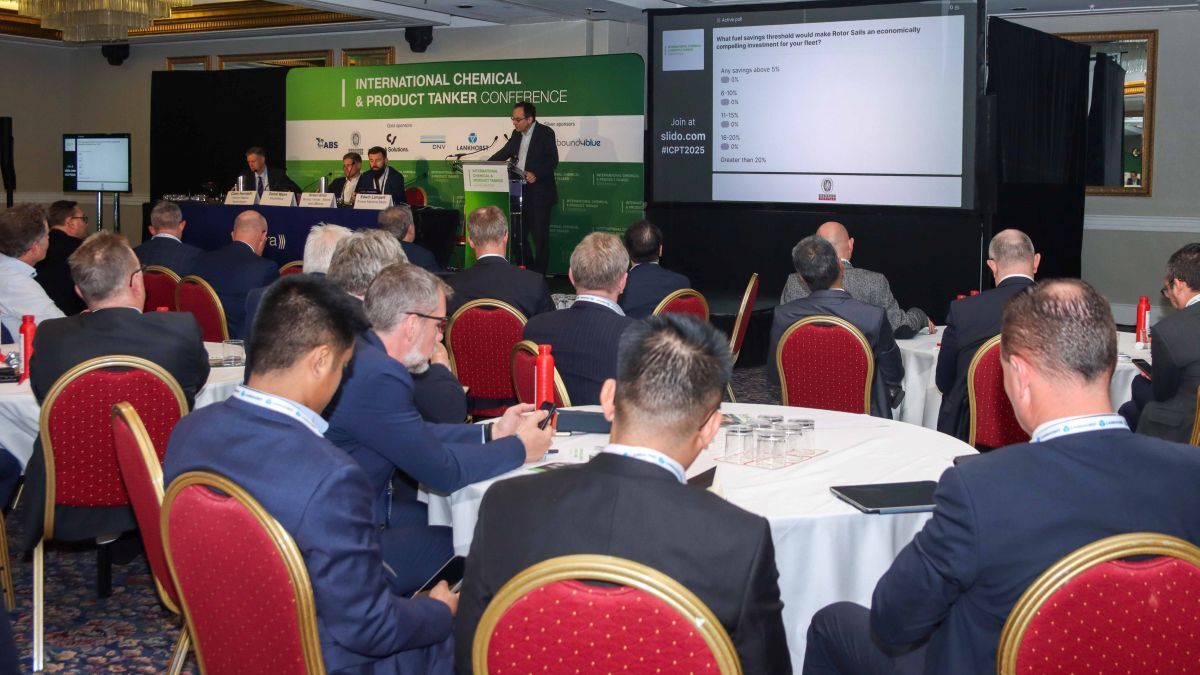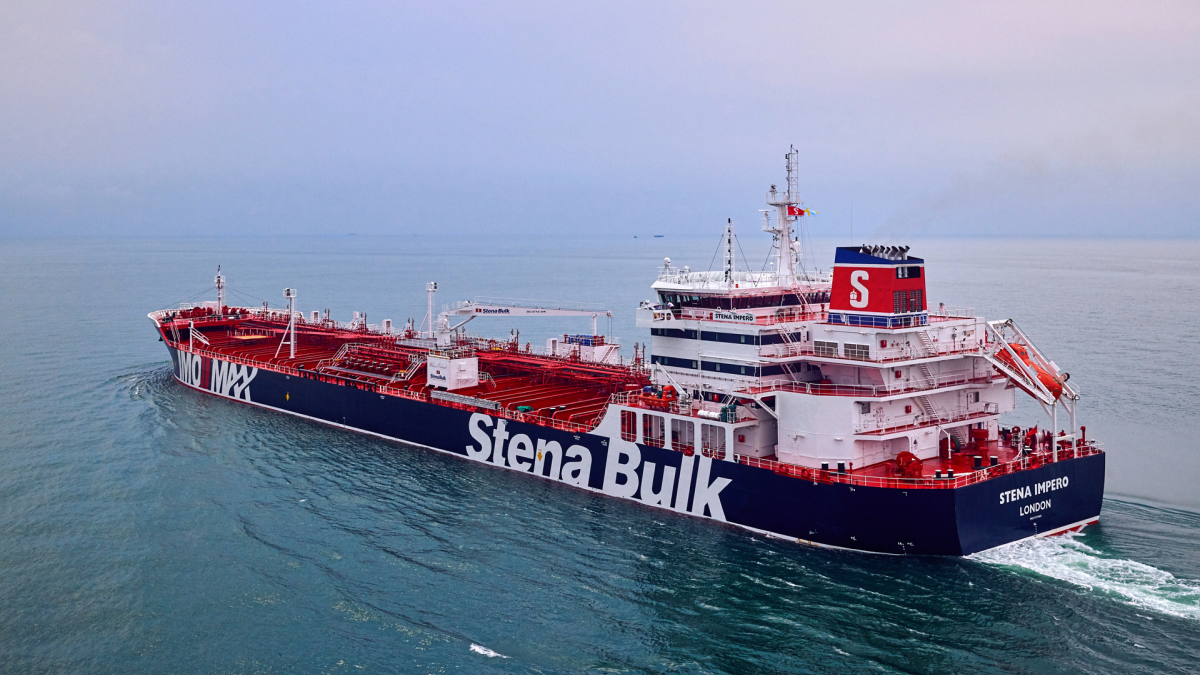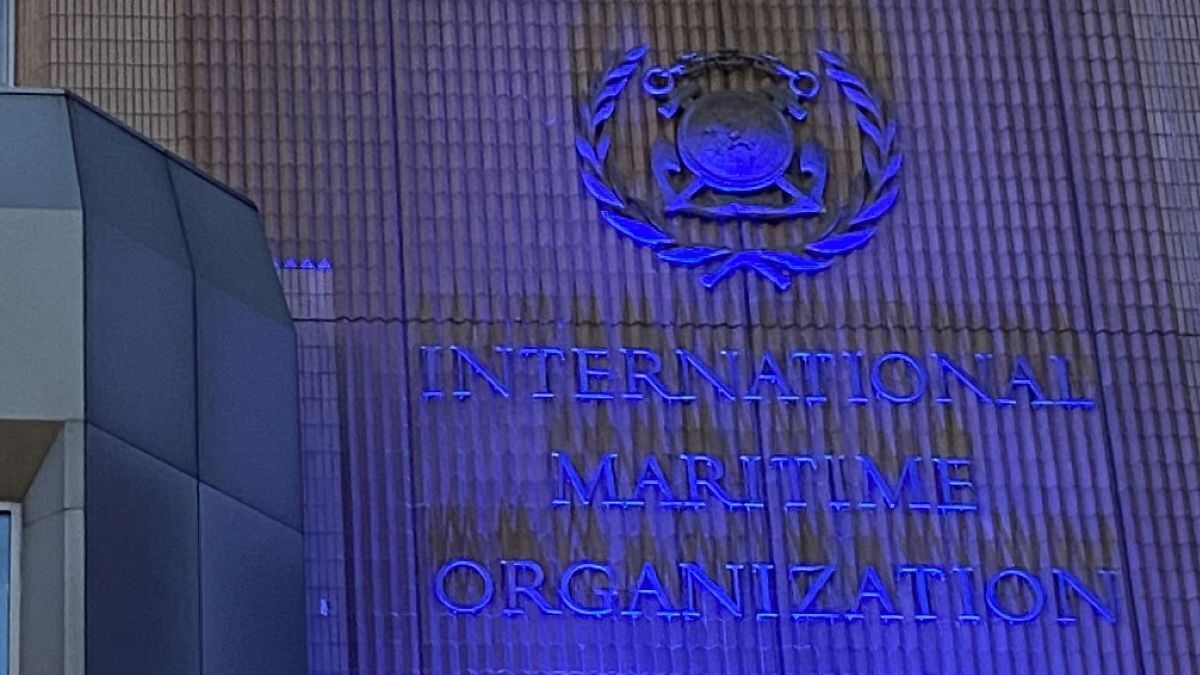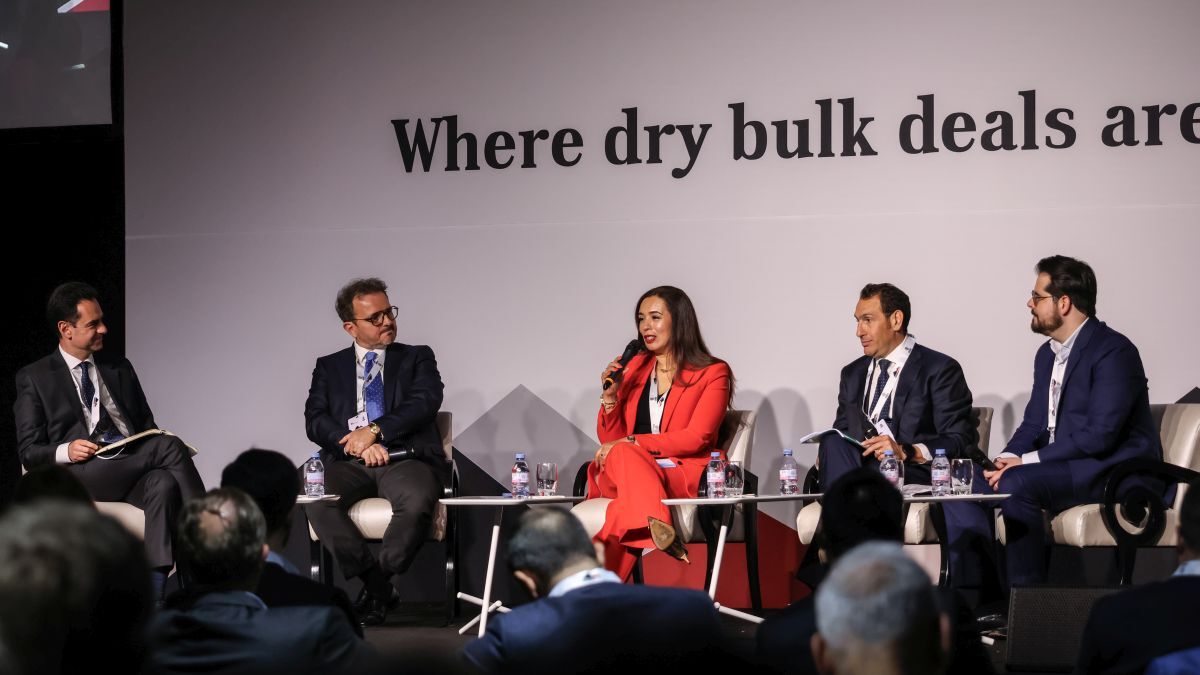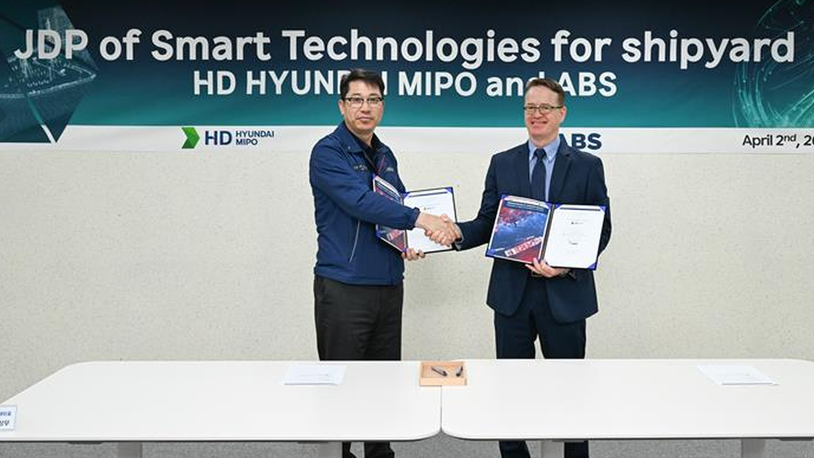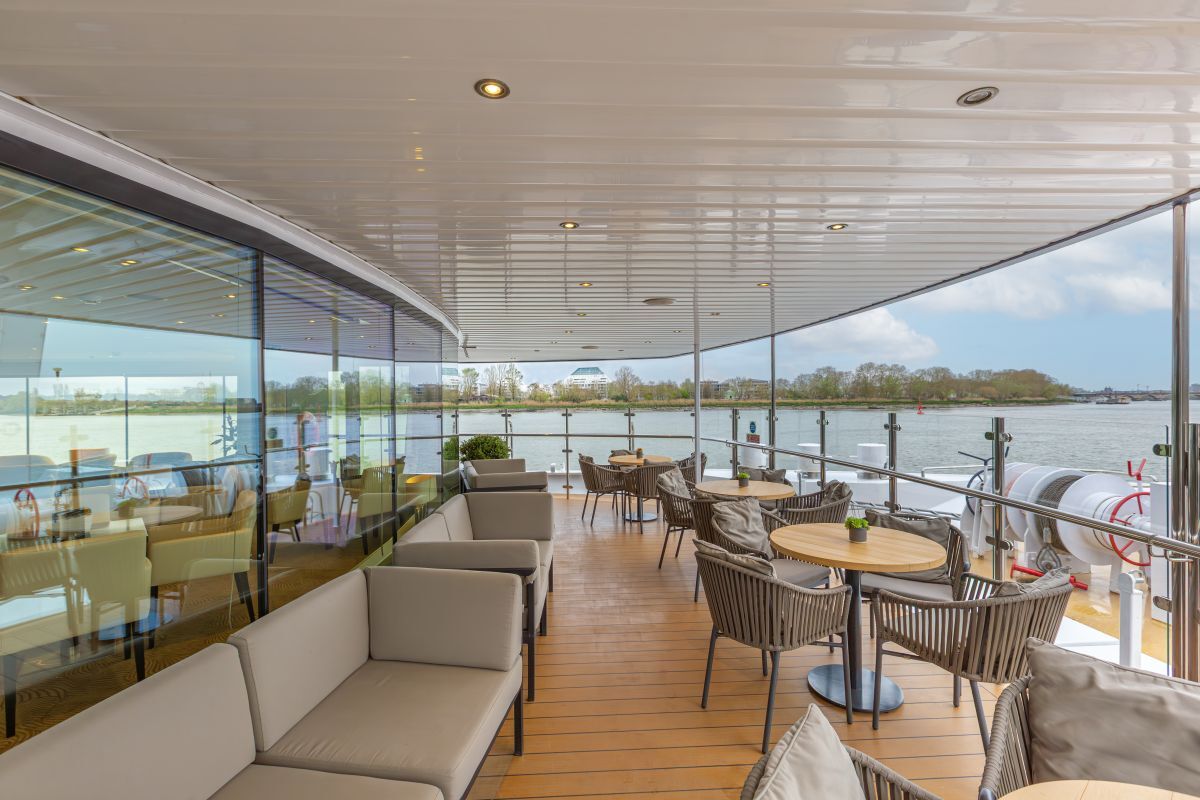Business Sectors
Events
Contents
Hurtigruten introduces liquefied biogas to the cruise industry
Why liquified biogas (LBG) is a strong power contender for cruise ships
Hurtigruten is set to be the first cruise ship operator to use liquified biogas as it plans to use this fuel alongside LNG and batteries on six vessels it is retrofitting.
LBG has major environmental benefits as it takes energy from totally natural sources (from organic waste). Hurtigruten chief executive Daniel Skjeldam explained in an interview with Reuters that it will use waste material from dead fish, agriculture and forestry.
Mr Skjeldam called it the “greenest fuel in shipping”.
I think that other cruise operators will follow – the tough maritime environmental legislation coming up after 2020 – where CO2 emissions must be cut at by least 50% in 2050 compared to 2008 means that LBG, as a 100% renewable power, will be a very attractive option.
Furthermore, it is available – Hurtigruten plans to use the organic waste produced by Norway’s and northern Europe’s large fishery and forestry sectors to produce LBG for its vessels.
Another major benefit is it can use existing LNG infrastructure. While this case does not involve a cruise vessel, it highlights why LBG will be attractive to cruise ship operators: Skangas has supplied Furetank with LBG for its Fure Vinga vessel and the ship operator is building five more ships that will be able to use LBG when available.
Skangas will be able to use its existing LNG infrastructure to supply LBG without any modifications because both consist of mainly methane gas. This means that you can use the same trucks, ships, tanks and marine filling stations for both products.
It looks like there is a new kid on the block when it comes to fuel for cruise vessels.
Related to this Story
Events
Maritime Environmental Protection Webinar Week
The illusion of safety: what we're getting wrong about crews, tech, and fatigue
Responsible Ship Recycling Forum 2025
© 2024 Riviera Maritime Media Ltd.




